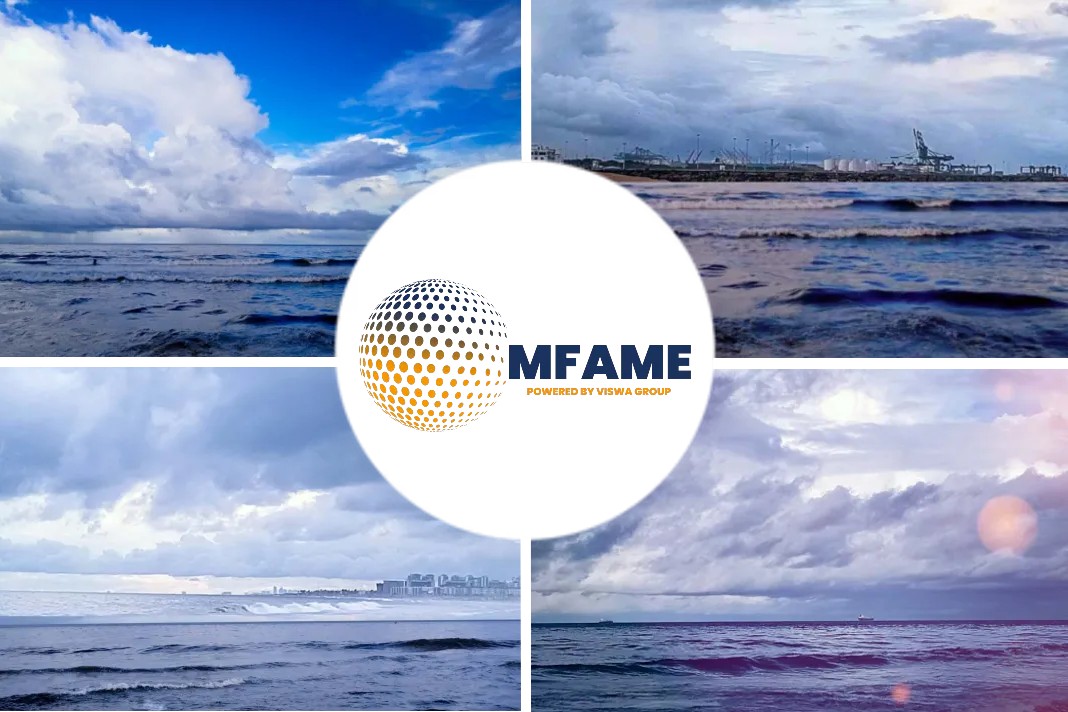One of the most aggressive environmental regulation is in place, right now. IMO 2020, a new regulation that bans emission of sulphur particles by the shipping industry is in effect. Now the question is how does it impact shipping. Keeping this in mind Freight Waves has come up with a detailed analysis of the 2020 situation.
Here’s an excerpt from that article.
The New Regime
IMO stands for International Maritime Organization; 2020 is the year the rule begins. The IMO is a UN-sponsored agency.
The rule is the culmination of many years of discussion and an earlier tightening of the standards of the amount of sulfur that can be in the fuel powering a ship. Unlike many environmental rules which are approved for an individual country like the U.S. or a region like the European Union, IMO 2020 is a global rule. It will restrict sulfur emissions to no more than 0.5% sulfur content. The prior rule was no more than 3.5% sulfur. (Before that rule, there were no limits).
Sulfur is a pollutant and its emissions are now restricted in all sorts of uses: diesel in trucks, power plant emissions, etc. Sulfur emissions from ships had long been the target of environmental activists.
Shipping at Crossroads
The current preferred fuel for ship transport, high sulfur fuel oil (HSFO), will no longer be able to be used to power ships under IMO 2020 unless that ship is equipped with a scrubber that “scrubs” the sulfur from the emissions before they flow out of the ship’s stack. However, scrubbers are multi-million dollar investments and add weight to a ship. But if the price of HSFO is cheap enough relative to other IMO 2020-compliant fuels, the capital expenditures needed to install them may be justified.
IMO 2020 has the potential to impact both shipping and trucking. As 2020 began and IMO 2020 was coming into force, differences in the price of HSFO and the alternatives were sending signals on what the rule was going to cost the shipping sector. The price of HSFO fell about 21% between late September and the end of the year. That won’t do much for ships that won’t be able to use it anymore except for those ships that are installing scrubbers. Meanwhile, the cost of a new grade of an IMO 2020 compliant fuel called Very Low Sulfur Fuel Oil (VLSFO) rose almost 30% during that time
Compliant Fuel Procurement
The production of VLSFO is going to rely heavily on the use of an intermediate refined product called vacuum gasoil (VGO). The expected rise in demand for VGO is one pathway to compliance that could result in an increase in the price of diesel. VGO is a feedstock that can be used to make over-the-road diesel as well as gasoline. By diverting it into the production of VLSFO–in other words, taking it away from road transportation and putting it into marine transportation–it has the potential to tighten supplies for diesel.
There is a second pathway to securing compliant fuel for IMO 2020 that has the potential to impact diesel markets. An existing product called marine gasoil (MGO) has long been used by ships to meet the requirements of IMO 2020. However, MGO is a diesel product and the concern is that more consumption of MGO than prior to IMO 2020 will divert diesel away from trucking applications and into the marine fuel market.
There’s another way that shipowners are expected to react to the new rules: do nothing. The category of non-compliance is actually part of the models of how the world will react to IMO 2020. However, there are many forces that will push back against ships burning non-compliant fuels: ports that will reject the ship; insurers have threatened to yank their coverage of ships burning such fuels. However, the ability of the market to supply adequate amounts of fuel will be impacted in part by the level of non-compliance which some forecasters have estimated could be as high as 10%.
The Determining Factors
As IMO 2020 gets ready to launch, whether the diesel market will be impacted will be determined by many factors. Are refiners ready to push more crude oil through their system to produce enough VGO and other diesel molecules, even if that gives them too much supply of other products? Was there an adequate amount of diesel-producing equipment installed in the runup to IMO 2020? Are the price signals incentivizing refiners to produce enough compliant fuels or is a sharp increase needed to spur that activity? These are all expected to play out in the first half of 2020.
Did you subscribe to our daily newsletter?
It’s Free! Click here to Subscribe!
Source: Freight Waves

















